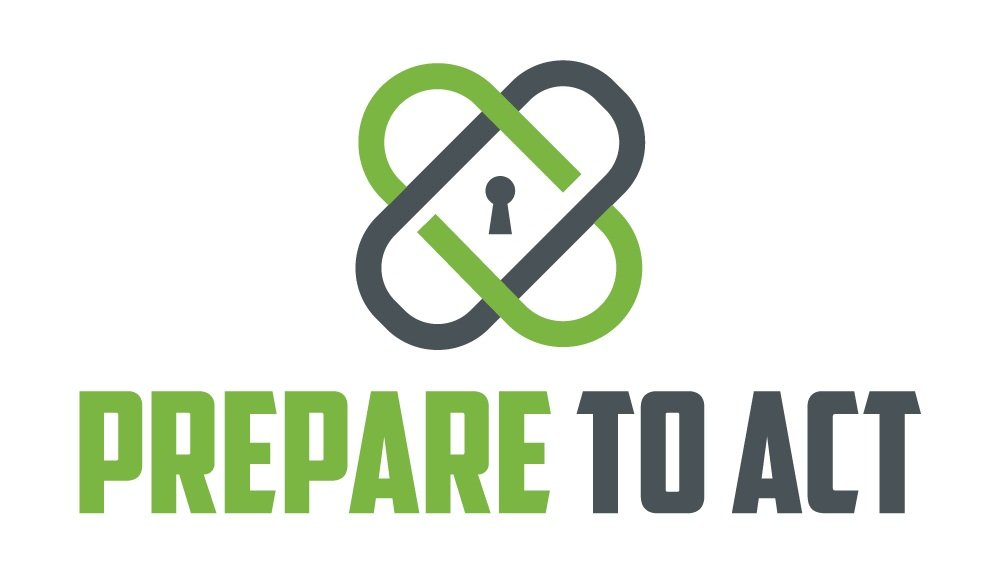Guide to Crafting a Winning Business Development Plan
Guide to Crafting a Winning Business Development Plan
A robust business development plan is essential for organizations aiming to drive growth, secure new opportunities, and maintain a competitive edge in today’s dynamic market. Whether you’re launching a new business or revitalizing your existing strategy, this comprehensive guide will help you craft a winning business development plan that aligns with your objectives.
What Is a Business Development Plan?
A business development plan is a strategic roadmap that outlines goals, initiatives, and actionable steps to grow your business. It focuses on identifying new markets, expanding customer bases, forming strategic partnerships, and fostering long-term growth.
Key Components of a Winning Business Development Plan
1. Set Clear Objectives
Why it matters: Defining specific, measurable goals ensures your team knows what success looks like.
Examples of Objectives:
Increase revenue by 20% over the next year.
Enter three new markets within six months.
Secure partnerships with five industry leaders.
2. Analyze Your Market
Why it matters: Understanding market dynamics helps identify opportunities and threats.
Action Steps:
Conduct SWOT analysis (Strengths, Weaknesses, Opportunities, Threats).
Analyze industry trends and customer demands.
Study competitors’ strengths and weaknesses.
3. Define Your Target Audience
Why it matters: A clear understanding of your ideal customer ensures tailored strategies.
How to Define:
Develop customer personas based on demographics, needs, and pain points.
Identify industries, regions, and decision-makers to focus on.
4. Outline Strategic Initiatives
Why it matters: Strategic initiatives align your goals with actionable projects.
Examples of Initiatives:
Launch a content marketing campaign targeting small businesses.
Expand into digital sales channels to increase accessibility.
Establish partnerships with complementary service providers.
5. Build a Strong Sales Pipeline
Why it matters: A sales pipeline keeps your growth strategy focused and measurable.
Key Steps:
Identify key stages of your sales process (prospecting, qualifying, closing).
Use CRM tools to track leads and conversions.
Set KPIs (Key Performance Indicators) for pipeline success.
6. Allocate Resources Effectively
Why it matters: Proper resource allocation ensures initiatives are adequately supported.
Tips:
Assign roles and responsibilities for key team members.
Budget for tools, advertising, and training needs.
Schedule timeframes for initiatives to maintain accountability.
7. Measure Success and Iterate
Why it matters: Regular evaluation helps refine your strategies for sustained growth.
What to Measure:
Revenue growth and profit margins.
New customers acquired and client retention rates.
ROI of strategic initiatives.
Quick Tips for Crafting Your Plan
Collaborate with Teams: Involve cross-departmental teams for well-rounded insights.
Leverage Technology: Use CRM and data analytics tools to streamline processes.
Be Adaptable: Stay ready to pivot based on market changes or unexpected challenges.
Example of a Business Development Plan Structure
Executive Summary:
Brief overview of goals and purpose.
Market Analysis:
Key trends, opportunities, and competitor insights.
Goals and Objectives:
Short-term and long-term targets.
Strategies and Tactics:
Specific actions to achieve objectives.
Financial Plan:
Budget and revenue projections.
Monitoring and Evaluation:
Methods to track progress and adjust plans.
Final Thoughts: Turning Strategy into Action
Crafting a business development plan is not a one-and-done activity; it’s a dynamic, evolving process that requires dedication, analysis, and flexibility. By focusing on clear objectives, market insights, and actionable strategies, you’ll position your business for sustainable growth and success.
FAQs
1. What’s the difference between business development and sales?
Business development focuses on long-term growth opportunities and strategies, while sales deal with closing individual deals and meeting short-term revenue goals.
2. How often should I update my business development plan?
Regularly review your plan—quarterly or biannually—to ensure it stays relevant to market conditions and organizational goals.
3. What tools can help in business development?
CRM software (e.g., Salesforce, HubSpot), project management tools (e.g., Trello, Asana), and analytics platforms (e.g., Google Analytics) can streamline efforts.
